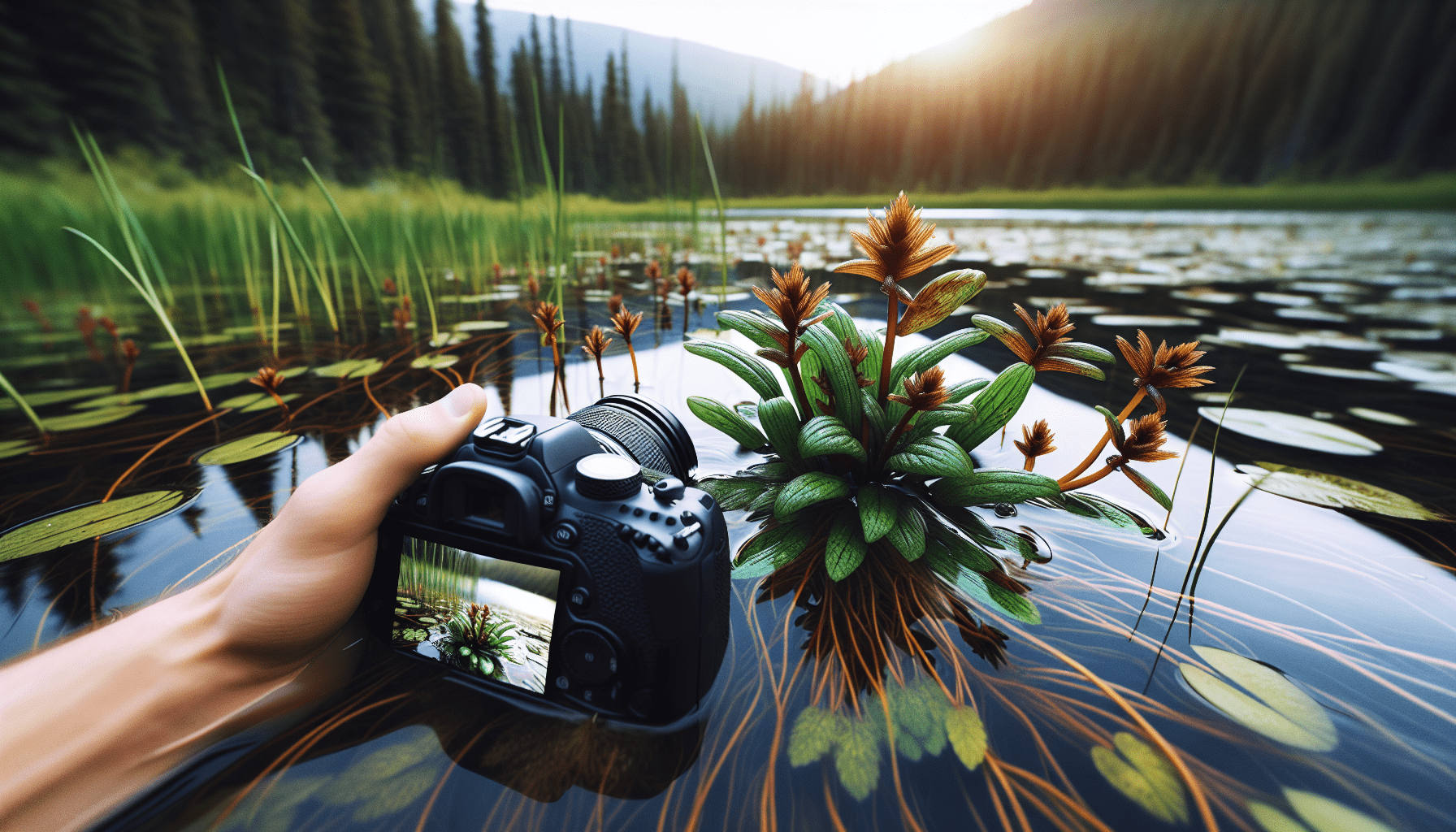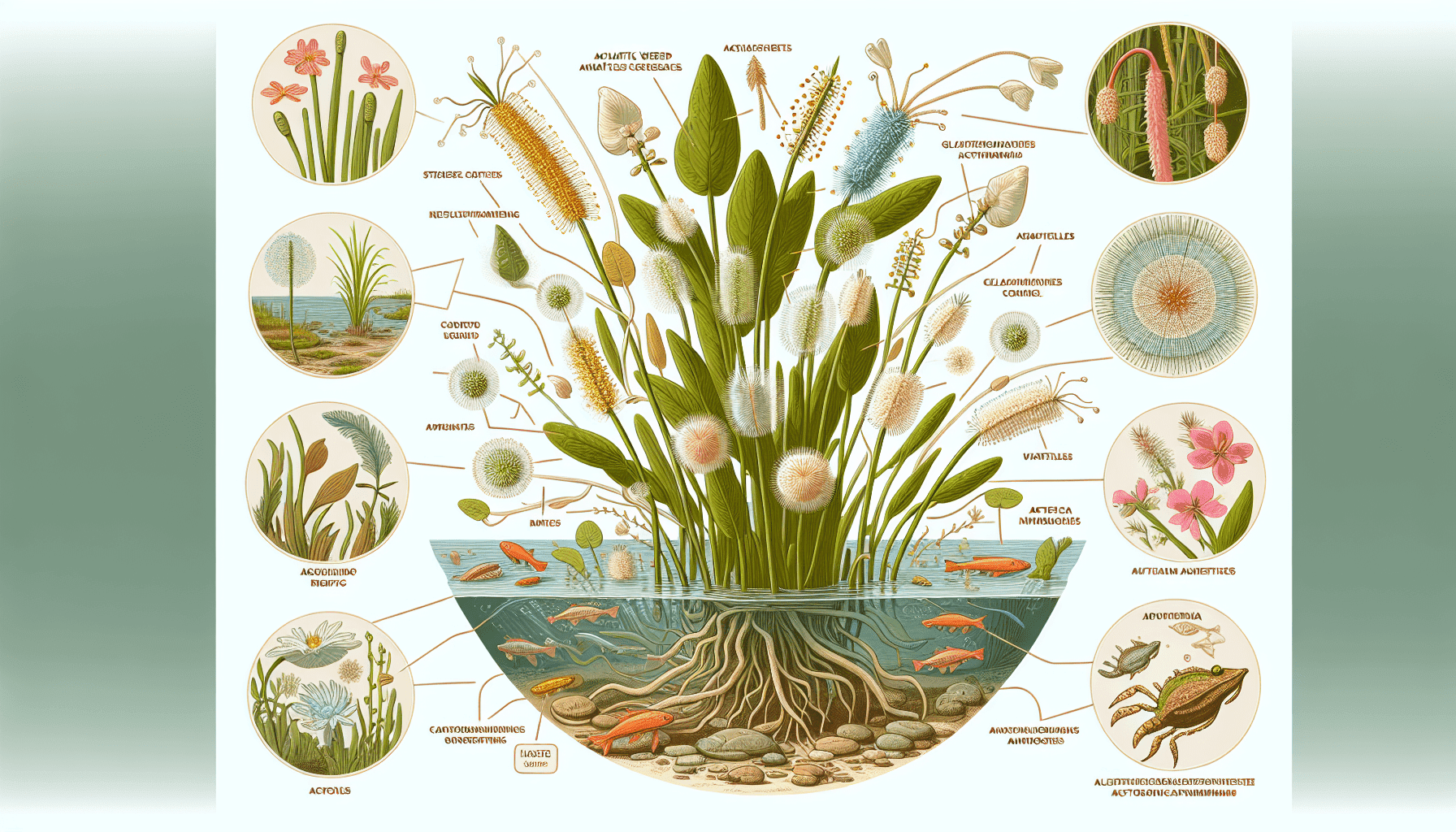In the scholarly field of botany, numerous curiosities remain hidden beneath the water’s surface, awaiting exploration. Among these submerged enigmas is the aquatic weed colloquially known as Glyceria Borealis. This little-known plant species, endemic to North America, has fascinated botanists with its distinctive characteristics and invasive potential. As you navigate through this article, you will gain an intricate understanding of Glyceria Borealis, immerse into its biological profile, analyze its ecological implications, and dig deeper into its role within the fundamental tapestry of our world’s aquatic ecosystems.

Understanding Glyceria Borealis
Glyceria Borealis, commonly known as the Boreal mannagrass or northern manna grass, is a species of aquatic grass that is prevalent in several parts of the world.
Origin of Glyceria Borealis
As an aquatic weed, Glyceria Borealis is thought to have originated in the cool, moist climates of North America, and has since spread across the globe, particularly in temperate regions where water bodies are abundant and the climate is conducive for their survival and propagation.
Common names and synonyms for Glyceria Borealis
There are various common names and synonyms for Glyceria Borealis depending on the localities. Names such as northern manna grass, Boreal mannagrass, American manna grass, Rattlesnake grass, Reed mannagrass, and Floating mannagrass are common.
Taxonomy of the aquatic weed
Glyceria Borealis belongs to the Poaceae family. The genus Glyceria consists of around 35 species, and the species borealis distinguishes the northern manna grass.
Physical Characteristics of Glyceria Borealis
Understanding the physical characteristics of Glyceria Borealis is crucial for its identification and control.
Description of leaves and stems
This perennial species has drooping panicles of spikelets. Leaves are arranged alternatively along the stem and are flat, smooth, and light green in color. The leaf sheaths are usually open and flattened.
Identifying unique features or markers
The unique markers of Glyceria Borealis include its dense clumps of stems, light green color, and distinctive seed heads, each containing tiny, bead-like seeds.
Size and growth form of Glyceria Borealis
Typically, Glyceria Borealis reaches a maximum height between 1.5 to 3 feet and forms clumps that can measure several feet across. The stems are either erect or ascending.
Growth Habitats of Glyceria Borealis
Familiarizing oneself with the growth habitats of Glyceria Borealis is vital for its management and control.
Favored growing conditions
This aquatic weed prefers growing in wet soils, marshes, bogs, meadows, and the edges of ponds and lakes.
Geographical regions where Glyceria Borealis thrives
The species is prevalent across a wide range of geographical regions, most notably across North America, parts of Europe, Asia, and South America.

Life Cycle and Reproduction of Glyceria Borealis
Understanding the life cycle and reproduction of Glyceria Borealis can facilitate its effective management.
Stages of growth throughout the year
Glyceria Borealis primarily grows in the spring and summer months, and the seeds ripen from late summer into the fall.
Reproductive process and seed dispersal
The species is highly reproductive, both by seeds and vegetatively. Vegetative reproduction occurs through the production of rhizomes, which can sprout new plants, while seeds are typically dispersed by water or wildlife.
Ecological Role of Glyceria Borealis
Despite its classification as a weed, Glyceria Borealis plays a significant ecological role.
Role in ecosystem function
As an aquatic grass, Glyceria Borealis plays a critical role in stabilizing soil along water bodies, preventing erosion, and improving water quality.
Interactions with other plants and animal species
Glyceria Borealis often coexists well with other aquatic species. It also provides food and habitat for various waterfowl and small mammals.
Possible benefits to aquatic life
Due to its active role in enhancing water quality and serving as a food source, Glyceria Borealis can provide numerous benefits to aquatic life.
Impact on Human Activities
Glyceria Borealis can substantially impact human activities.
Effect on fishing and aquatic recreation
Excessive growth can impede waterways, negatively affecting fishing activities and aquatic recreation.
Impact on agriculture and livestock
Glyceria Borealis can overcrowd pastures and reduce the available grazing area for livestock. However, it can also serve as a feed source for some livestock.
Management and Control of Glyceria Borealis
There are various strategies employed to manage and control Glyceria Borealis.
Mechanical control methods
These include physical strategies such as mowing, hand-pulling, and the use of heavy equipment to remove the plants.
Chemical control methods
Herbicides can also be used to control the weed, but their use must be regulated carefully due to potential environmental impacts.
Biological control methods
Biological control methods are yet to be fully explored, but potential options could include the use of insects or other natural predators.
Potential Uses of Glyceria Borealis
Despite being considered a weed, Glyceria Borealis could have several potential uses.
Nutritional properties
Glyceria Borealis seeds have been found to possess substantial amounts of protein, which might be nutritionally beneficial.
Medicinal uses
Although not comprehensively researched, some literature suggests potential medicinal uses, particularly in traditional medicine.
Use in bioenergy production
Its fast growth and ability to thrive in a variety of conditions may make Glyceria Borealis a candidate for future bioenergy production.
Current Research on Glyceria Borealis
Numerous studies are ongoing regarding Glyceria Borealis.
Studies on ecological impacts
Research is ongoing to understand the full ecological role and impact of Glyceria Borealis.
Research on control methods
Studies are underway to evaluate the most effective biological, chemical, or mechanical control methods.
Investigations into potential uses
Research is also being conducted to investigate the possible uses of Glyceria Borealis for nutritional, medicinal, or bioenergy purposes.
Conservation Status and Legal Implications
Control of Glyceria Borealis brings in several legal implications.
Protection status across various regions
In some regions, Glyceria Borealis could potentially be classified as a protected species, which may limit control options.
Legal implications of growth control
There may also be legal restrictions on the use of certain mechanical, chemical, or biological control methods. Therefore, it is important to consult with local environmental authorities before undertaking weed control efforts.
Understanding Glyceria Borealis is key to its effective identification, management, and control. This requires in-depth knowledge of its physical characteristics, growth habitats, life cycle, and ecological role, to fully understand its potential impacts and design effective strategies for control. This basis can also open doors to potential benefits and uses of Glyceria Borealis that can be exploited for human advantages.